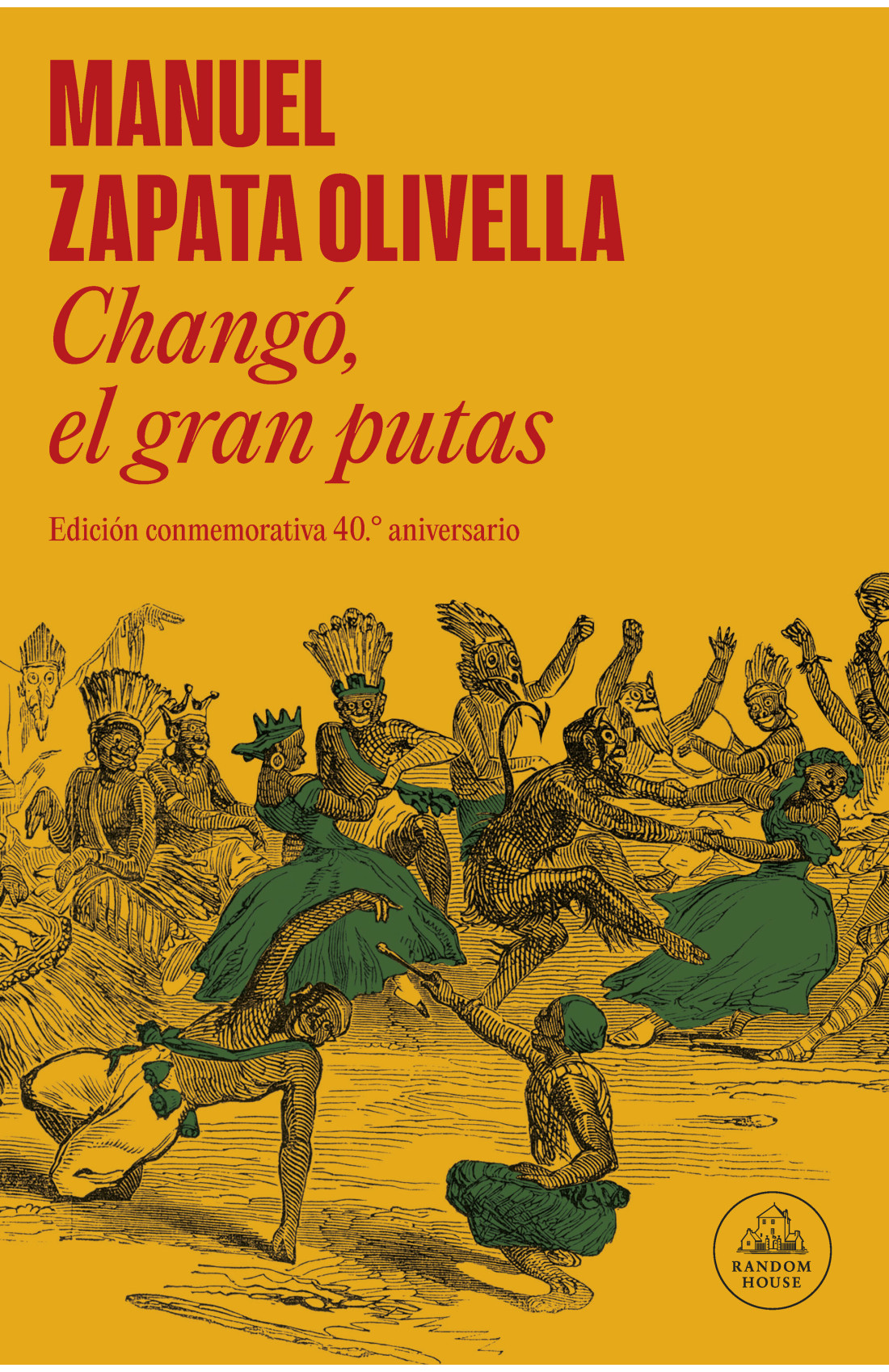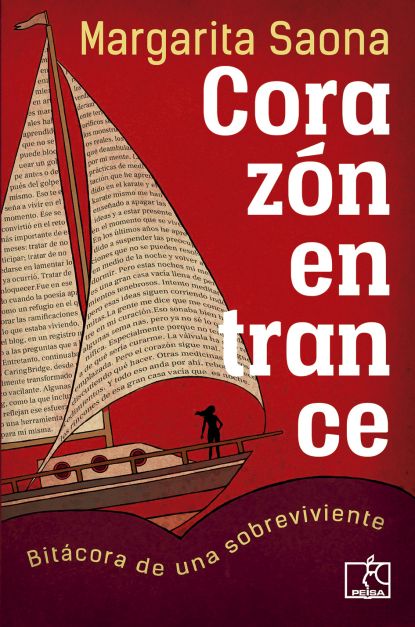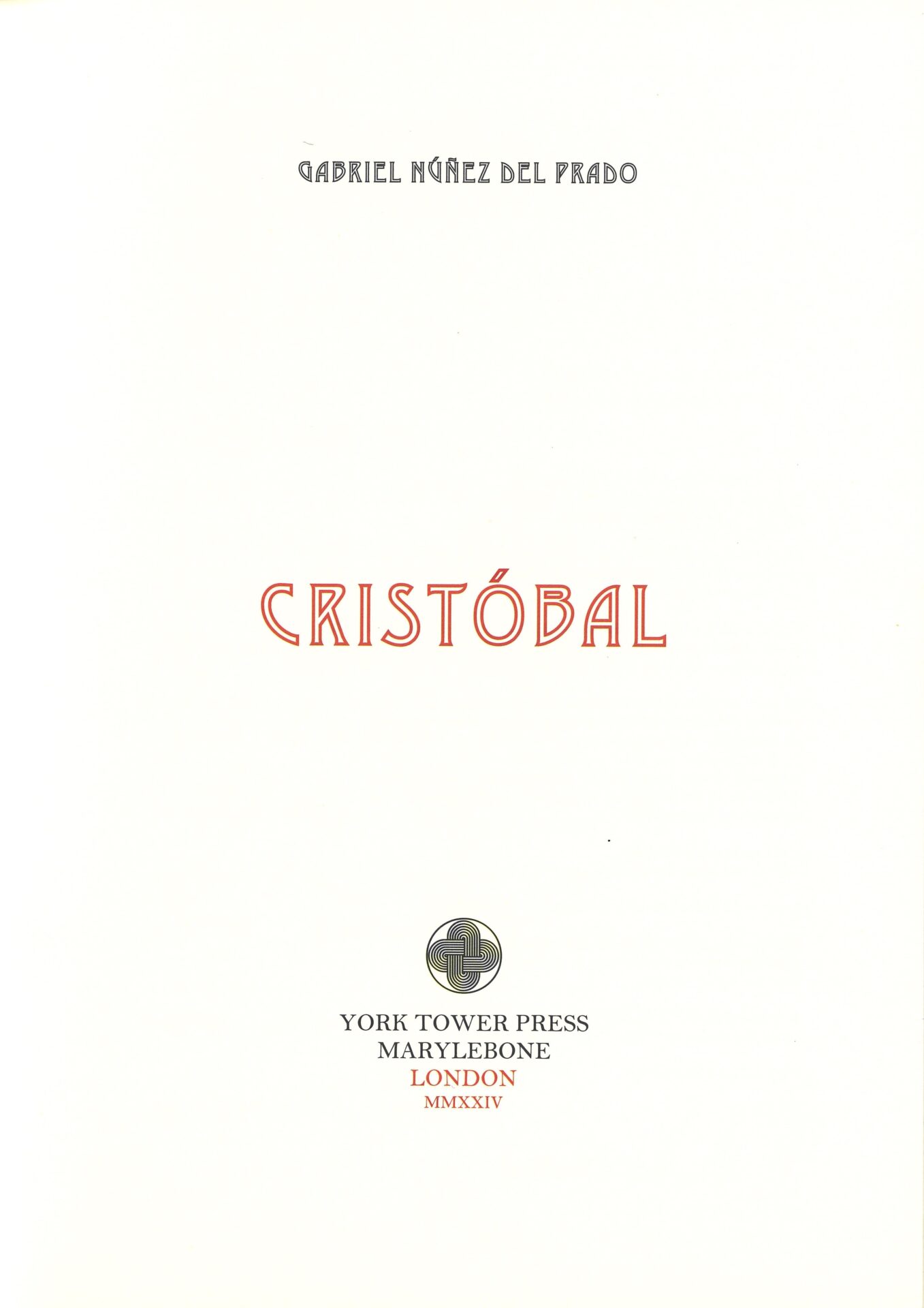Bolivia: Editorial Heterodoxia. 2023. 162 pages.
 The everyday existence we take for granted and consider immovable can shift and change at any moment, forcing us to act on instinct, leaving the animal that nests inside every one of us to take control and help us survive. When reality is torn apart and a foreign element bursts through, a violence can be unleashed that will only keep escalating. A spiteful man goes to work in the countryside in order to forget his toxic relationship and the wellbeing he gains from his new routine of taxing work is interrupted by a plague of cujuchis (rodents similar to moles, also known as “tuco-tucos,” that live in west-central South America), whose extermination brings catastrophic consequences. The birth of a first child, that transformative experience that has brought happiness and wellbeing to so many women, takes an unpleasant and unexpected turn for another protagonist, turning the experience into a disaster.
The everyday existence we take for granted and consider immovable can shift and change at any moment, forcing us to act on instinct, leaving the animal that nests inside every one of us to take control and help us survive. When reality is torn apart and a foreign element bursts through, a violence can be unleashed that will only keep escalating. A spiteful man goes to work in the countryside in order to forget his toxic relationship and the wellbeing he gains from his new routine of taxing work is interrupted by a plague of cujuchis (rodents similar to moles, also known as “tuco-tucos,” that live in west-central South America), whose extermination brings catastrophic consequences. The birth of a first child, that transformative experience that has brought happiness and wellbeing to so many women, takes an unpleasant and unexpected turn for another protagonist, turning the experience into a disaster.
All the preparations and precautions taken by a family for the arrival of a new virus that is devastating other cities, in the end, do little good. Recovering a stolen shipment of drugs does not go so well for a group of teenagers. Having a writer as a neighbor turns out not to be so nice. These are some of the stories (there are nine in total) that make up Las desapariciones, the first book by Bolivian journalist Mónica Heinrich V., published by Heterodoxia, an “underground and marginal press with faith in the low profile,” in its own words, publishing mostly essays, history, and biographies.
“Certain versions of horror and the fantastic have already been well developed in Bolivia; the interesting part of Heinrich’s work is that it’s a new version, rather apocalyptic or post-apocalyptic, with a language all its own, raw and close to the oral register, in contrast to the solemnity of certain ways of understanding the literary,” says writer Edmundo Paz Soldán. Heinrich starts each story in an unhurried fashion, describing some common situation (the disaster of a breakup, the moment when a woman’s water breaks, a mother’s egg-buying routine, etc.) only to soon, without pause, illustrate the eruption of a violence that wipes everything out and doesn’t stop until the story ends. For a first book, this one handles rhythm and tension admirably.
“LOS FINALES SON ADECUADOS Y PRECISOS, DEJAN AL LECTOR ASOMBRADO, ATERRADO, ALIVIADO Y TRISTE PORQUE LA HISTORIA HAYA TERMINADO Y LA MAYORÍA DE LAS VECES CON GANAS DE UN PAR DE ESCENAS MÁS, DE UNA ÚLTIMA SECUENCIA”
Heinrich soon gets her claws into the reader and forces you to read without stopping. Readers will accept this with pleasure, since the surprise of every story is a delight, as is the way they progress and conclude and how different they each are from one another. “La cosa” could be categorized as science fiction, “Lucecitas” and “Happy Ending” as psychological horror, “El niño” and “Paralelo 33” as mystery. As you read on, you don’t know what awaits you or what you will come up against in the next story, and you feel the contradictory desires to finish reading the whole thing and to restrain yourself so you don’t finish it so soon fighting it out inside you. This goes without saying, but not all writers are capable of achieving something like that, much less with their first book. The endings are apt and precise, leaving the reader amazed, horrified, relieved, and sad because the story is over, eager for a couple more scenes, for one last sequence. In the words of Paz Soldán:
Heinrich knows where to start a story and where to end it: those endings that seem open, those twists that really surprise you (“Happy Ending”) are markers of her style. There is tension from the first line, and it doesn’t fade until the last. She is a very visual storyteller—maybe that’s where you can spot her long relationship with film and television (she’s a film critic and has her own production company)—with a great sense for the construction of a story’s space and atmosphere (“Lucecitas,” “El entierro”). She works eclectically with popular genres, mixing them until one fuses with the other. And she is a political storyteller, as you can see in “Contacto,” which includes a strong critique of the right-wing groups that hold power in Santa Cruz.
What’s more, Las desapariciones has been published in a beautiful edition, including prints illustrated by Bear Brothers that encapsulate the meaning of each story and create unease the first time you see them, but later a complicit smile when you understand them after reading their respective stories. Heinrich V. was a columnist at El Deber and Página Siete, and founder and director of the art and culture magazine Aullidos de la calle. She is a new author from whom I will be looking forward to more work—another favorite on the list of interesting Bolivian fiction authors such as Giovanna Rivero, Maximiliano Barrientos, and Paz Soldán himself, all of whose new books are unmissable. And you, the reader, should also put this name on your list and get your hands on a copy of Las desapariciones as soon as you can.
Translated by Arthur Malcolm Dixon





